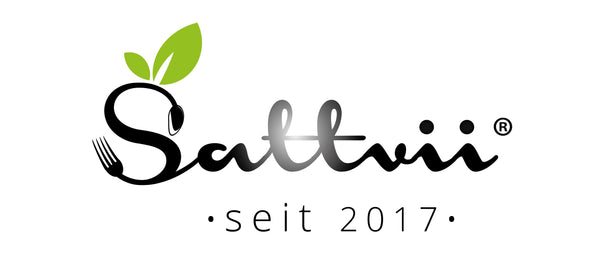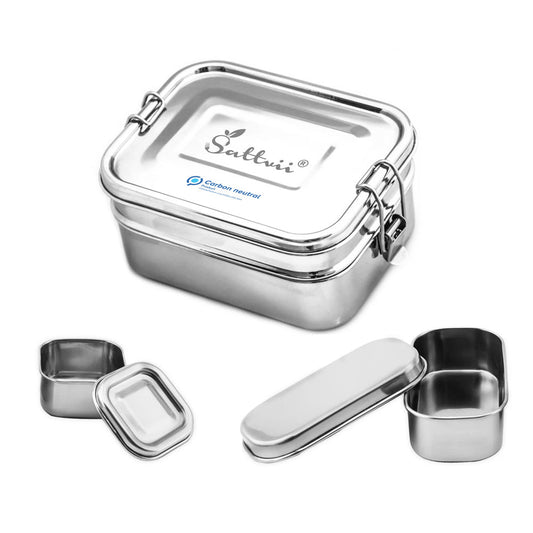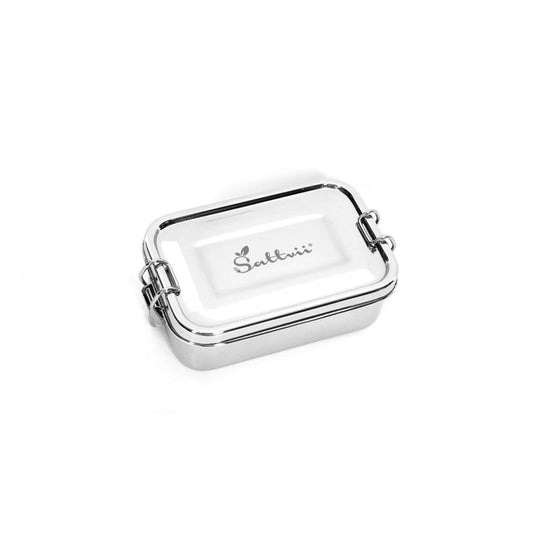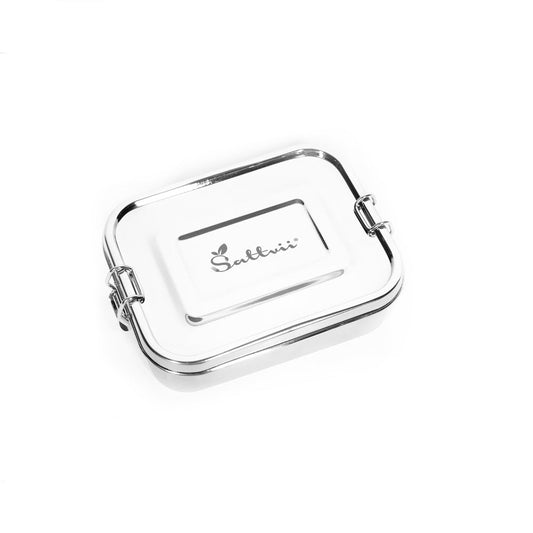
Why your child needs omega-3 and iron
shares
The topic of nutrition - this is where opinions often differ. Your girlfriend recommends this to you, the kindergarten teacher that. How are you supposed to keep track of things? Which foods containing iron can you put in the lunch boxes for children to take to school or kindergarten?
In order to be able to support you accordingly, in today's blog post we will explain why nutrients such as omega-3 fatty acids and iron are simply essential in your child's diet.
Questions upon questions: Do children even need omega-3 fatty acids? What are the current recommendations for iron and omega-3? Can I also cover the corresponding requirement with a balanced diet?

Before you start adjusting your diet or that of your child, we definitely recommend going to the pediatrician and having all the values checked.
First of all: When it comes to iron, we mainly (but not only) deal with the topic of iron deficiency and vegetarian nutrition.
Also interesting:
Omega-3 fatty acids
Omega-3 fatty acids are indispensable when it comes to optimal physical and mental development of your child . The recommended daily amount of more than 300 milligrams can be covered with two fish meals per week.
But what are omega-3 fatty acids anyway?
Omega-3 is the name given to a group of vital, polyunsaturated fatty acids that every human being should eat from birth. It is said that already during pregnancy omega-3 is central important for the healthy development of the embryo.
Omega-3 can be divided into vegetable and marine sources. That means you will find the fatty acids in various oils such as linseed oil, rapeseed oil and walnut oil. Marine sources simply mean you can find omega-3s in high-fat, cold-water fish like herring, mackerel, salmon, and tuna.
And why are omega-3 fatty acids so important and what does my child need them for anyway?
As mentioned above, these fatty acids are essential for us. We need them because our body cannot produce them itself, or only to a limited extent. In addition, they are not only important for your child, but also have many health-promoting functions for you in adulthood. For example, they help you with regulation of inflammatory processes.
Either the effect of omega-3 works directly or via substances that are formed from them in the body. The most active fatty acids are EPA and DHA. It is different with vegetable fats.
This is where ALA occurs. This can be seen as a kind of “precursor”. Through these, the body then in turn forms EPA and DHA. Unfortunately, your child does not have this “conversion”.
Why is omega-3 so important in children?
Omega-3 basically simply contains nutrients that your child needs for healthy and vital development at a young age as a kind of developmental aid. It is particularly difficult to find the right nutrition for your child in phases in which your child is developing physically and mentally quickly. It may also be that your child develops its own taste and, for example, does not like broccoli or beetroot, but likes cauliflower. Simply put - it develops its own likes as well as dislikes.

What else is omega-3 good for? The highest proportion of the popular fatty acids in the human body is found in the eyes and in the
Does it make a difference if I give my child omega-3 from plant sources or from marine sources?
As an adult, the body can convert the vegetable fatty acids into the most active acids EPA and DHA. Unfortunately, a child's body cannot do this because the enzyme system is not yet as developed as in us adults. This means that an extra supply of external sources, i.e. EPA/DHA, is even more important because your child cannot convert it on their own.

How much omega-3 does my child need?
Unfortunately, there is not yet complete agreement on this and the values are sometimes far apart. Correct official recommendations, especially for children, are difficult to find. In German-speaking countries, specialist societies recommend at least 300 mg EPA/DHA daily.
According to studies, children in Germany between the ages of four and ten generally seem to consume far too little EPA/DHA. Unfortunately, there are no figures from Switzerland. The professional association DACH also recommends an EPA/DHA intake of at least 300 mg.
Why does my child need iron?
It doesn't matter whether it's a child or an adult. Each of us needs iron. Iron is there to bind oxygen in the red blood cells and supply the body with it.
Iron is found in the red blood pigment hemoglobin and in the muscle protein myoglobin. If your child does not get enough iron, this means that muscles and organs cannot work as they would like. Long-term iron deficiency can therefore be quite dangerous.
Premature babies and very light babies in particular are examined by the pediatrician for iron deficiency. After six months at the latest, the iron intake should definitely come from the baby's food.
Here it is good to buy porridge with red meat, whole grains or vegetables. You can find enough iron in step two and three follow-on milk.

How you can tell that your child is not getting enough iron
- your child seems very exhausted
- your child is often ill
- the skin under the fingernails is strikingly pale
If you notice that your child is suddenly having trouble sleeping and is a bit more fussy, this can also be an indication of iron deficiency. It is best to visit your pediatrician regularly and have your blood values checked to be on the safe side.
Where does my child get iron from?
As mentioned above, red meat (e.g. beef, lamb) contains iron. Here you should make sure that it is well cooked and not pink.
Another great source of iron is dark green leaf vegetables (e.g. spinach, fennel, broccoli, zucchini). Whole grain is a great choice if you want to offer your child a varied diet with vitamins B, E, fiber and iron. Also ideal for the lunch box!
By the way: If you combine your child's food with vitamin C you support the body's own function of absorbing iron.
- Grains: With oats you have found a remarkable source of iron 5.8 mg per 100g. Millet, for example, also contains a lot of iron at 2.5 mg - that's even more than spinach or beef. Cereals also contain folic acid, zinc, iodine and phosphorus. These grains play an important role in a vegetarian diet!
- Almond butter: This contains an amazing amount of protein, potassium and almost twice as much magnesium as millet. 270 mg calcium, iron, fluorine and zinc.
- Herbs for example parsley, chives, mint
- amaranth, quinoa
- Pulses such as soybeans, lentils or chickpeas
- Nuts and seeds, especially in pumpkin seeds 12.5 mg and sesame you will find a lot of iron
- dried fruits such as apricots (4.4 mg), plums, apples, grapes (raisins) and figs
- yolk
- Green vegetables such as broccoli, spinach, asparagus, kale, Brussels sprouts or lamb's lettuce
But beware! There are also so-called iron robbers. Dairy products and legumes can inhibit iron absorption.

Would you like to give your child warm porridge? No problem at all, thanks to our leak-proof stainless steel lunch boxes, this is also child's play.
We hope we could help you. If you have any further questions, please contact us using the contact form.




